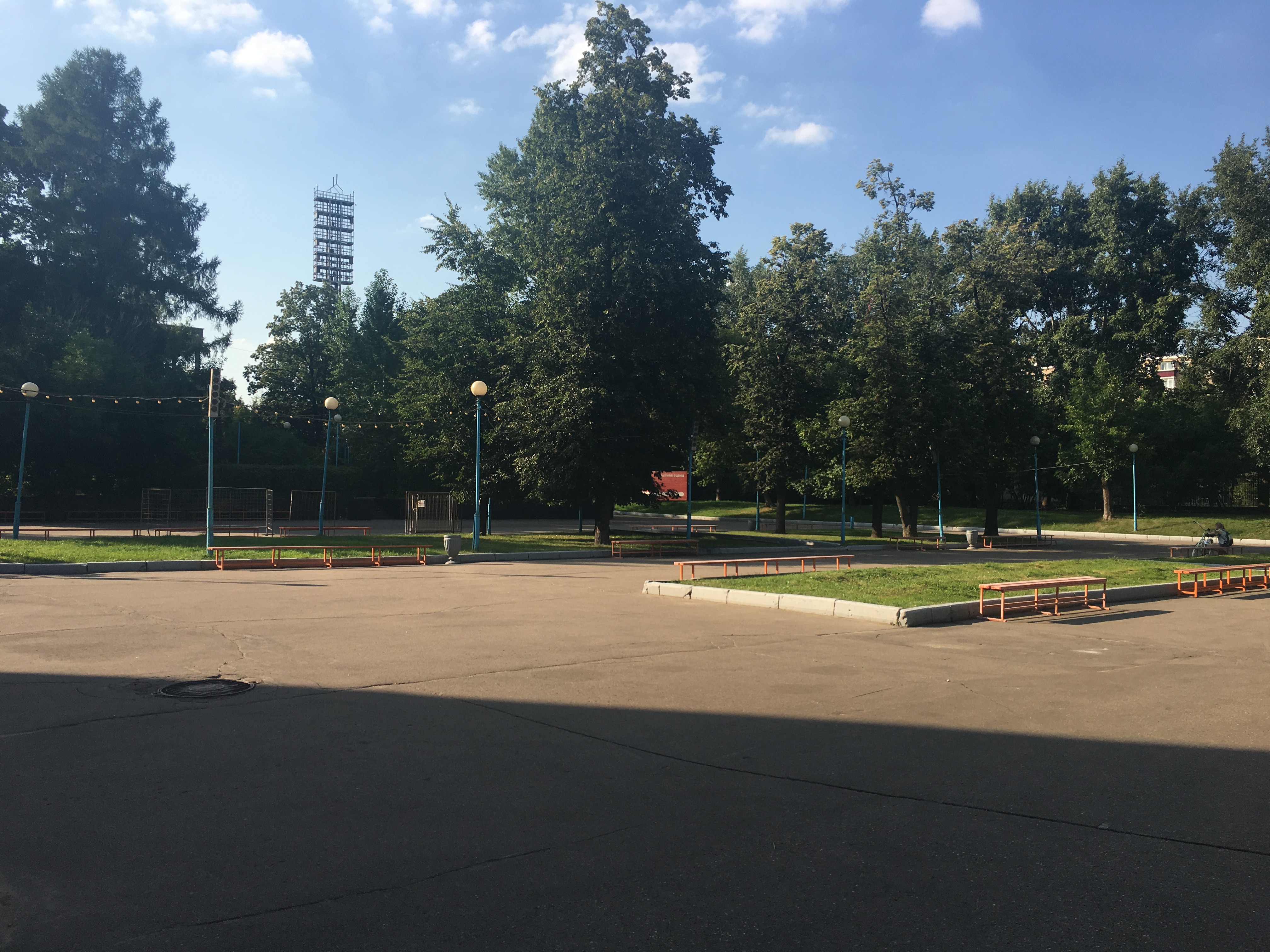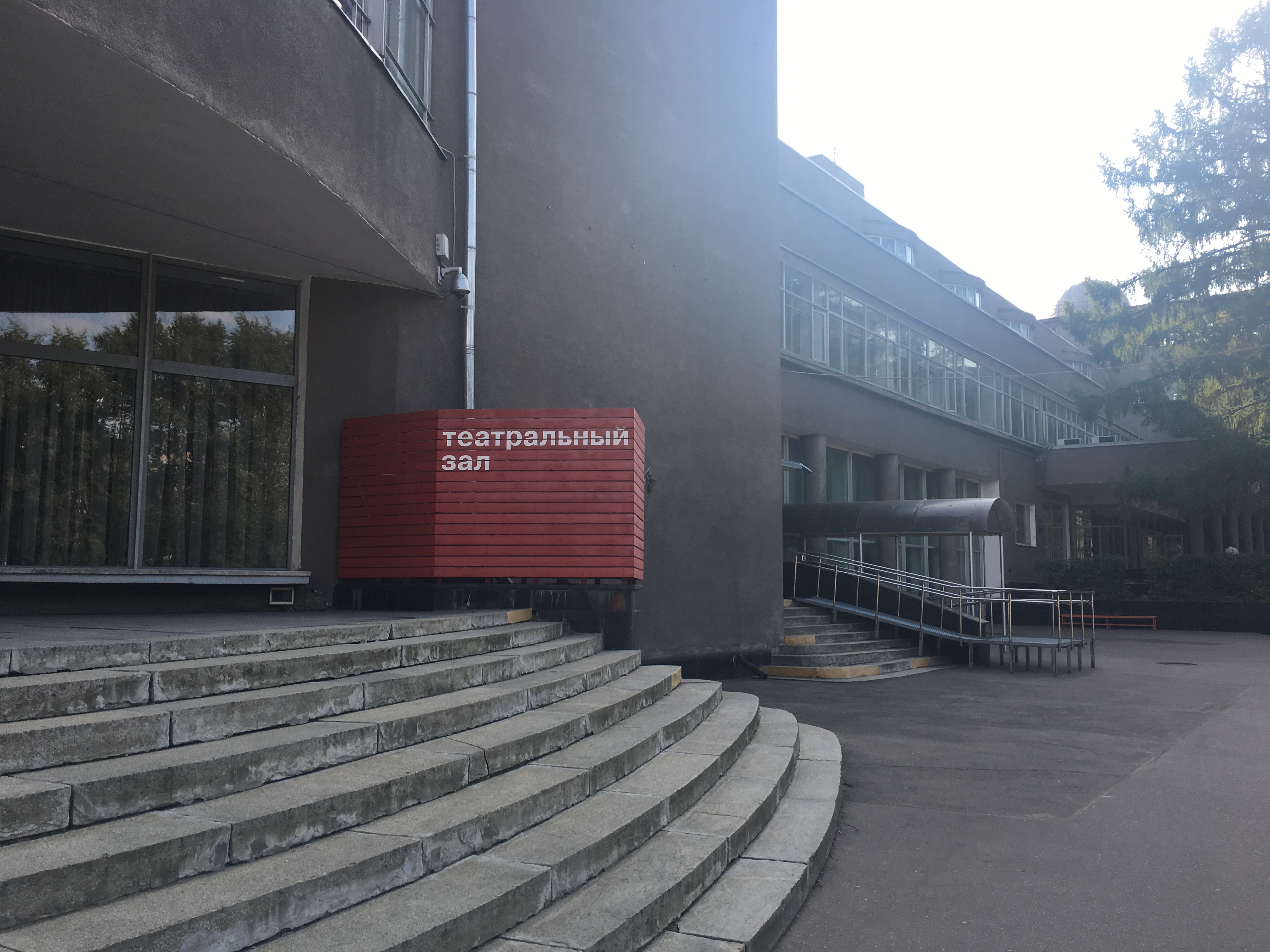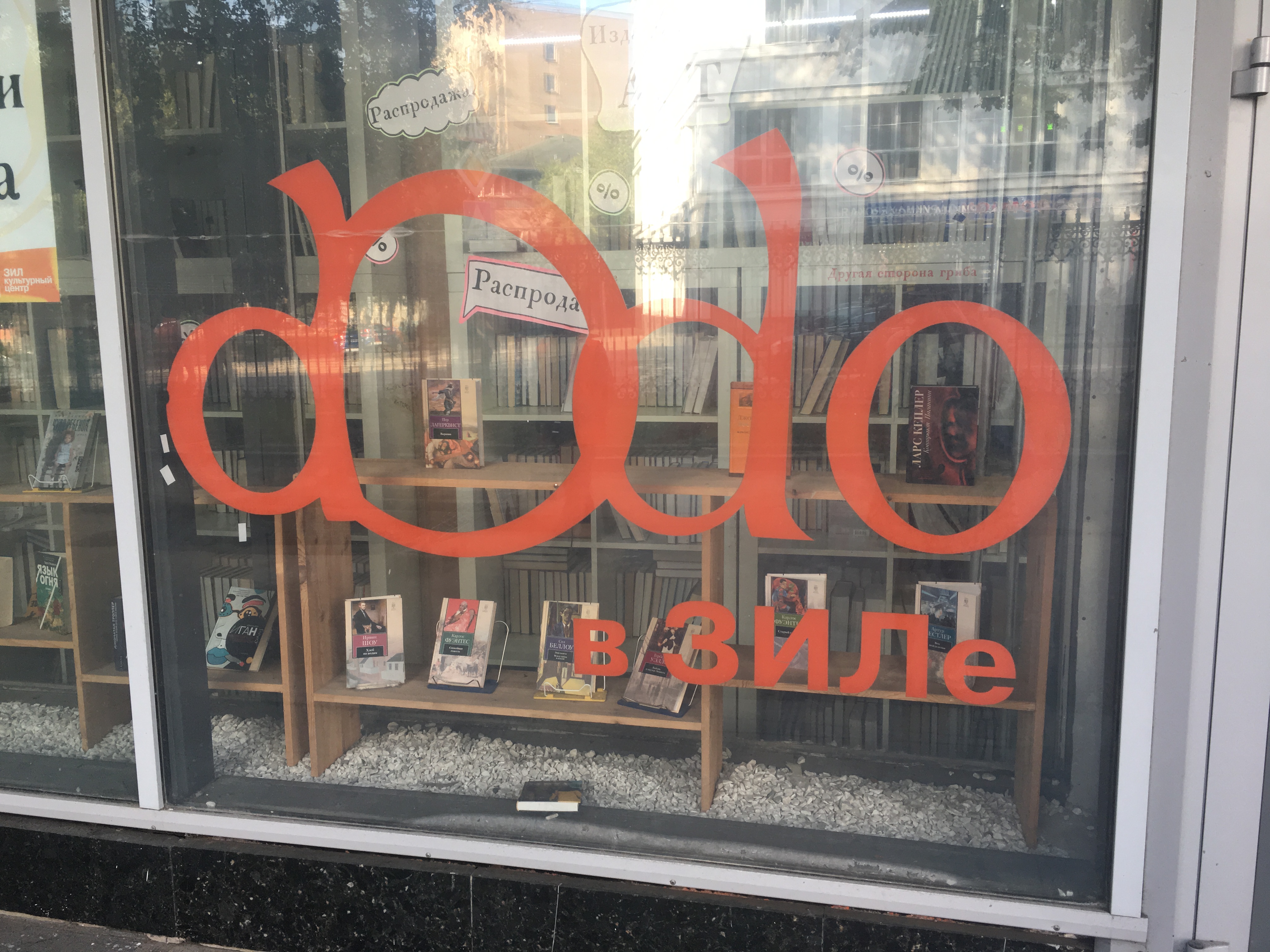





Although automobiles were a scarce commodity in the Soviet Union, their production played an important role in temporary labor migration to Moscow. The first automobile factories opened on the eve of the First World War, and after the revolution, Soviet authorities focused on the development of automobiles, trucks, and busses, often turning to American companies, such as Ford, for assistance. By 1970, the Likhachev Automobile Factory (ZIL) and the Lenin Komsomol Automobile Factory (AZLK) were two of the largest enterprises in Moscow and relied in no small part on migrant laborers.
These factories were two of twelve enterprises that received priority from the Moscow Executive Committee to hire workers from beyond Moscow’s borders. Both struggled to find native Muscovite workers to take on the physically demanding and monotonous labor required in automobile production. When they succeeded in finding laborers among the local workforce, they suffered high rates of labor turnover. The two factories never completely abandoned their practices for finding local workers, recruiting the children of long-time workers and opening polytechnic schools that trained local youth for the positions in the factory. However, temporary labor migrants proved to be the best solution to the problem.
Temporary labor migrants were more dependent on enterprises for their wellbeing than their Muscovite counterparts. While native born Muscovites already had the right to live in the city, migrants’ registration in the capital was tied to their employment. Leaving a job or worse yet being fired resulted in the loss of temporary domicile registration. As a result, migrants were less likely to leave their jobs and thus reversed the course of labor turnover. Some migrants did return home, but ZIL and AZLK delivered on the promise turning migrants into Muscovites through housing and cultural development programs.
Temporary labor migrants lived in dormitories upon their arrival in the city, and these dormitories became important sites for instilling youth with Soviet socialist values. Young migrants could enroll in higher education institutes, polytechnic schools, and courses at the factory to improve their qualifications. Many therefore improved their positions within the factory. The dormitories run by ZIL and AZLK provided lecture series, excursions to local museums and theaters, clubs, intramural sports teams, and even trips to other cities and socialist countries. If a migrant remained at the factory for four years, he or she received a permanent domicile registration. However, given the scarcity of housing in the Soviet Union and Moscow in particular, migrants continued to live in the dormitories after legally becoming Muscovites. After a period of ten to fifteen years, migrants then received an apartment of their own, which often signified “becoming Muscovites” in their personal life stories.
The 1970s were the Golden Age of the relationship between enterprises and their migrant workers, but by the early 1980s, cultural development programs and professional orientation and training had fallen by the wayside. In 1985, the Moscow Executive Committee took seriously Gorbachev’s call for perestroika and ended the practice of hiring workers from outside Moscow. This policy worked in conjunction with the official push to streamline labor efficiency and close enterprises that they deemed too inefficient. Automobile production all but ground to a halt. White-collar workers soon worked on the assembly-lines, and by 1987, the two factories received a reprieve from the new policy. For the migrants in the dormitories, glasnost’s emphasis on personal initiative and the scaling back of the influence of the Communist Party altered life there. Workers’ committees, charged with self-organization of all activities replaced party-run cultural development programs in the dormitories. The Moscow Office for the Use of Labor Resources also focused its energy on providing material benefits for young Muscovite families instead of the migrants.
The end of the Soviet Union reversed the unending postwar flow of rural-to-urban migration. Migrants began to leave the city, returning to their support networks in the villages that they had left behind. The breakup also complicated the production of automobiles. The factories had relied on a unified system of allocation that brought raw materials from other republics to their factories. The construction of international borders made production nearly impossible. Today, the memory of Moscow’s car production is still visible. Metro stations such as “Avtozavodskaya” (Car Factory) denote the location of the former factories. Near ZIL, Muscovites can still use the cultural center, and a large housing complex is under construction at the site of the former factory.
Below, the gallery provides pictures of ZIL Cultural Center as it exists today.